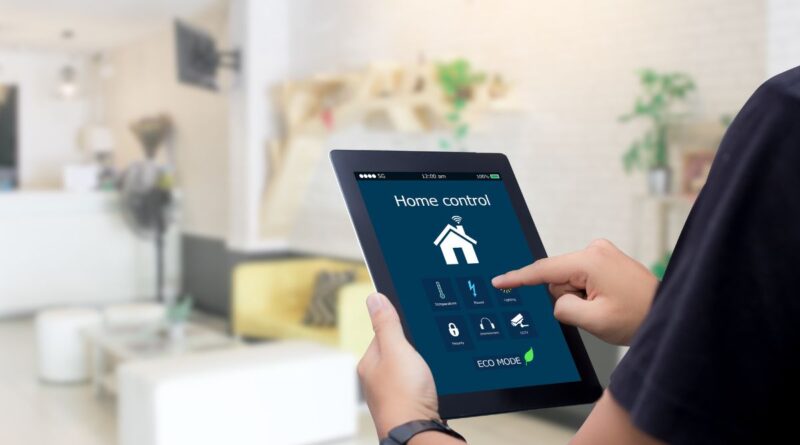Beginner’s Guide to Smart Home Installation
Creating a modern, efficient, and comfortable living space starts with a clear smart home installation guide. Whether you are completely new to smart technology or looking to upgrade your current setup, this smart home installation guide will help you understand the basics, choose the right devices, and install them effectively. Whether you want to improve your home security, control lighting remotely, or save energy, this guide has you covered.
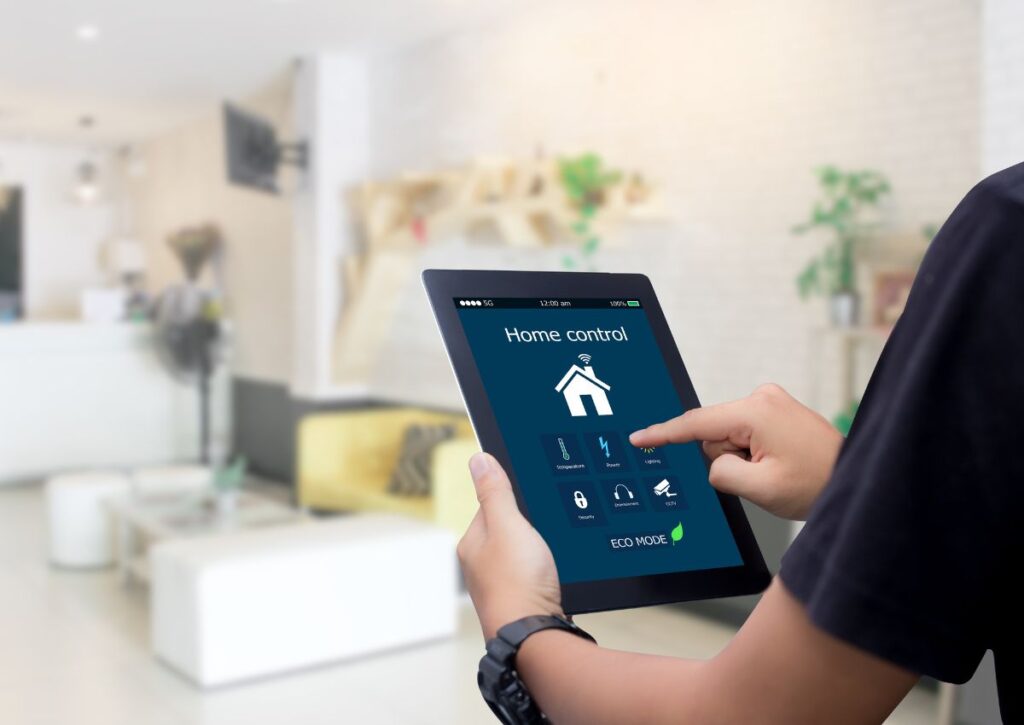
What Is a Smart Home?
A smart home uses interconnected devices that you can control remotely via smartphone apps, voice commands, or automation. These devices range from smart lights and thermostats to security cameras and smart locks. The main goal is to make your daily life more convenient, efficient, and secure.
Smart homes offer personalization options, meaning your devices can learn your preferences and adapt accordingly. For example, smart thermostats adjust temperature based on your schedule, and smart lights can change colors to suit your mood.
Why Follow a Smart Home Installation Guide?
Jumping straight into buying and installing smart devices without planning can lead to frustration and extra costs. This smart home installation guide helps beginners avoid common mistakes by:
- Understanding the compatibility of devices
- Planning the network infrastructure
- Ensuring security and privacy
- Organizing a step-by-step installation process
With a well-thought-out plan, you’ll save time and money while creating a seamless smart home experience.
Without proper guidance, users often face connectivity issues, device conflicts, or poor coverage — problems that this guide helps you avoid.
For expert reviews and recommendations on the best smart home devices to include in your setup, visit CNET’s comprehensive smart home guide.
Essential Tools and Materials for Smart Home Installation
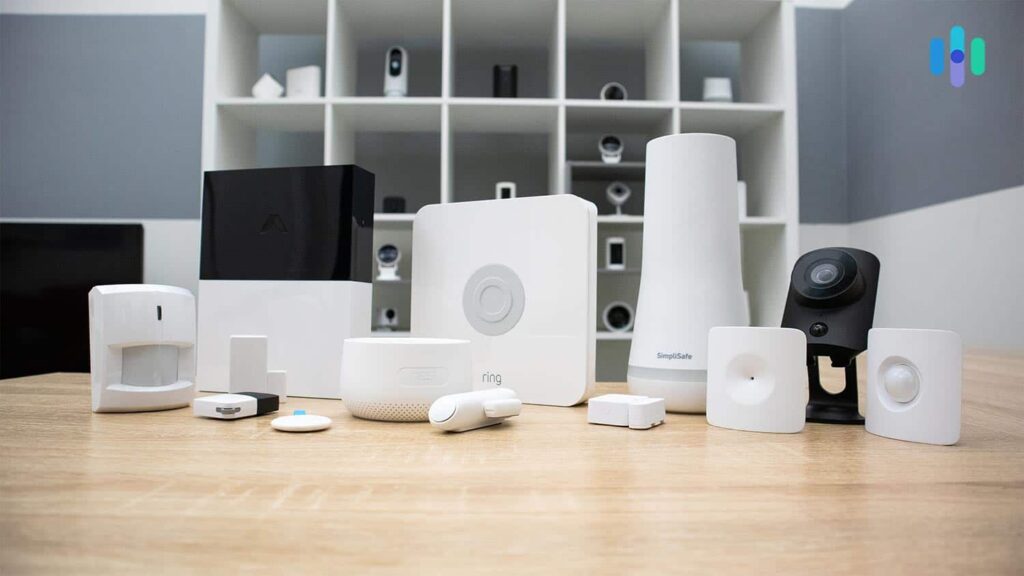
Before you start, gather the tools and materials you’ll need. This makes the installation smoother and safer.
Tools You Might Need:
- Smartphone or tablet (for controlling devices)
- Screwdrivers (Philips and flathead)
- Drill and mounting hardware
- Electrical tester (if wiring is involved)
- Wi-Fi network with strong coverage
- Device manuals and installation guides
Having everything on hand avoids interruptions during your installation project. Additionally, consider having extension cords or power strips nearby, as some devices might be placed far from existing outlets.
Step-by-Step Smart Home Installation Guide
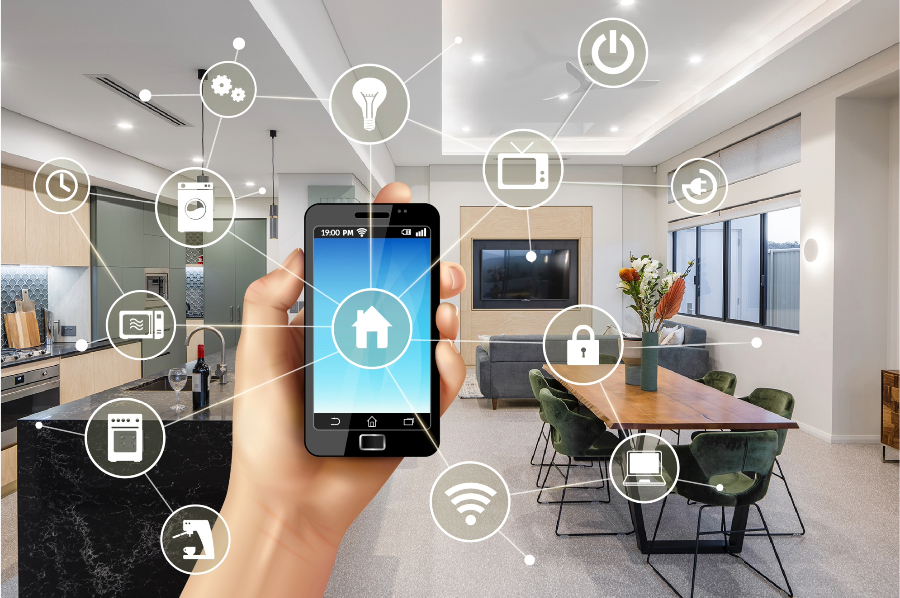
1. Plan Your Smart Home Ecosystem
Begin by deciding what you want to automate or control. Common starting points include:
- Smart lighting
- Thermostats
- Security cameras
- Door locks
- Voice assistants like Amazon Alexa or Google Assistant
Make sure the devices you choose are compatible with your chosen hub or platform.
When planning, think about your priorities — do you want security, convenience, energy efficiency, or all of these? Mapping this out will help you pick the right devices.
2. Check Your Wi-Fi and Network
Your home network is the backbone of your smart home. Check that your Wi-Fi router provides sufficient coverage and speed. Consider upgrading to a mesh Wi-Fi system if you have a large home or many devices.
Poor network connectivity is one of the biggest causes of smart device failure. Placing routers centrally and avoiding physical obstructions can significantly improve performance.
3. Install Your Smart Devices
Follow manufacturer instructions carefully for each device. Start with the easiest, like smart plugs or bulbs, before moving on to more complex devices like thermostats or security systems.
For devices requiring wiring, such as smart thermostats, ensure you turn off power at the breaker and double-check wiring labels.
4. Configure Device Settings and Automations
Use the apps to set schedules, create automation rules, or connect devices to voice assistants. For example, set your lights to turn on at sunset or your thermostat to adjust when you leave the house.
Many apps also allow “scenes” that control multiple devices at once — such as a “Good Night” scene that turns off lights, locks doors, and lowers the thermostat.
5. Test and Troubleshoot
Make sure everything works as expected. Test remote controls, voice commands, and automations. If issues arise, consult the manuals or manufacturer support.
Sometimes rebooting devices or resetting network connections can solve stubborn problems. Patience is key.
For a detailed walkthrough on installing a smart thermostat, check out this helpful guide at SmartHomeND.
How to Choose the Right Smart Home Hub
A smart home hub acts as the central controller connecting all your devices. Choosing the right hub is crucial for smooth operation. Popular hubs include Samsung SmartThings, Amazon Echo, and Google Nest Hub. Consider compatibility with your devices and ease of use.
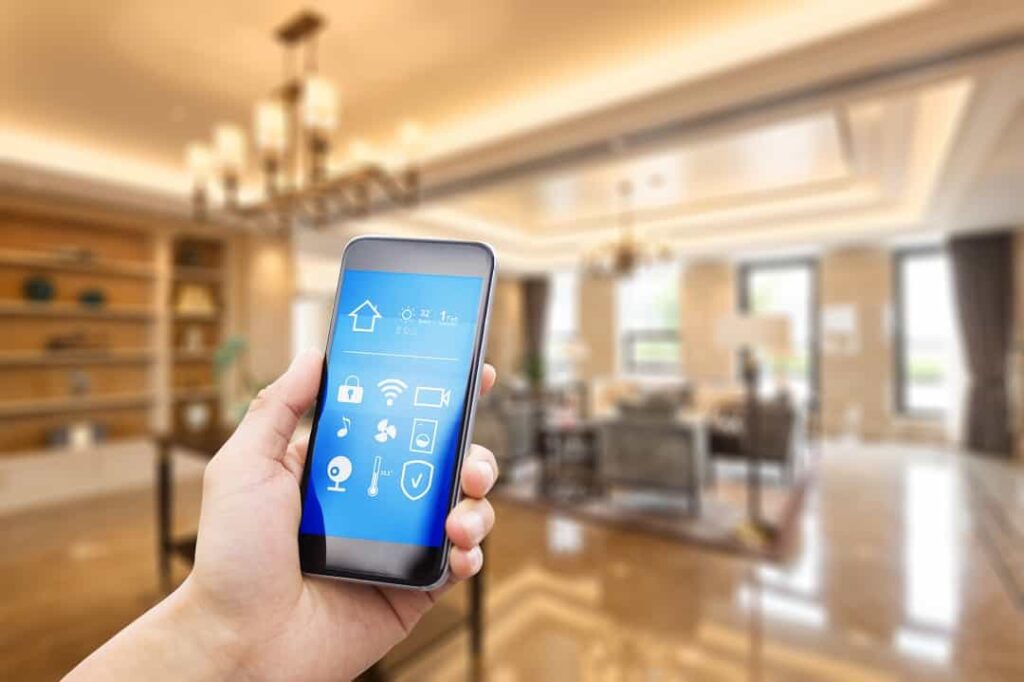
Some hubs support multiple protocols like Zigbee and Z-Wave, allowing greater flexibility. Others rely solely on Wi-Fi. The choice depends on your devices and desired ecosystem.
Understanding Smart Home Protocols: Zigbee, Z-Wave, and Wi-Fi
Smart devices communicate using different protocols. Zigbee and Z-Wave are popular for low-power, reliable connections, while Wi-Fi devices connect directly to your home network. Knowing these helps in planning and ensures your devices work together without interference.
Zigbee and Z-Wave devices often require a hub, while Wi-Fi devices connect independently. Combining protocols may require compatible hubs or bridges.
Maintaining Your Smart Home System
After installation, regular maintenance ensures your smart home runs smoothly. Keep firmware updated, check device batteries, and monitor your network security. Regularly review automation settings to adapt to changes in your lifestyle.
Cleaning sensors and cameras also improves performance. Setting calendar reminders for maintenance can keep your system reliable.
Common Security Concerns and How to Address Them
Smart homes introduce cybersecurity risks. Protect your system by using strong passwords, enabling two-factor authentication, and segmenting your IoT devices on a separate network. Stay informed about updates and vulnerabilities to keep your home safe.
Also, review privacy settings regularly and only share device access with trusted users.
Tips for a Successful Smart Home Setup
- Keep your network secure: Use strong, unique passwords and enable two-factor authentication where possible.
- Start small: Begin with a few devices and gradually expand your system.
- Label devices clearly: This helps when managing many gadgets in one app.
- Regularly update firmware: Updates improve security and add new features.
- Back up your settings: Some apps allow exporting settings, which is helpful if you reset devices.
Common Mistakes to Avoid During Installation
- Ignoring compatibility: Not all devices work well together; always check compatibility first.
- Poor network planning: Weak Wi-Fi can cause devices to drop offline frequently.
- Skipping security: Unsecured smart devices can become entry points for hackers.
- Overcomplicating setup: Start simple and add complexity only when comfortable.
- Neglecting backups: Losing your configurations can lead to frustrating re-installations.
Conclusion
This smart home installation guide offers a clear pathway for beginners to create an intelligent, connected home. By planning carefully, using the right tools, and following a step-by-step process, you can enjoy the convenience and benefits of smart technology. Remember, the key to success is patience and gradual expansion.
With your new smart home, you’ll not only enhance comfort and security but also boost energy efficiency — all from the convenience of your phone or voice command.

